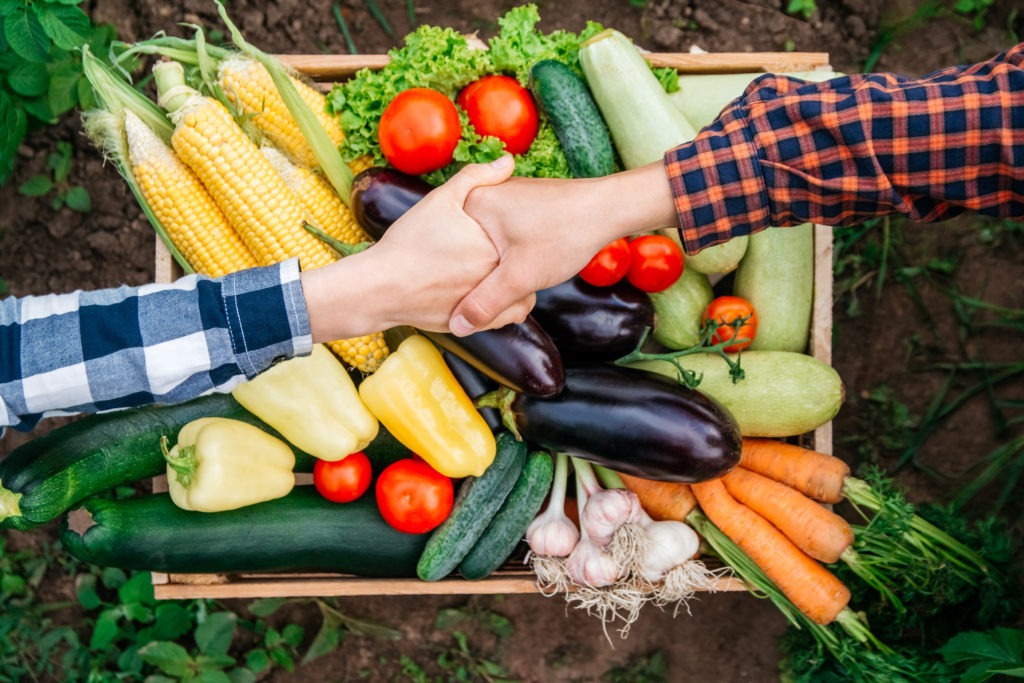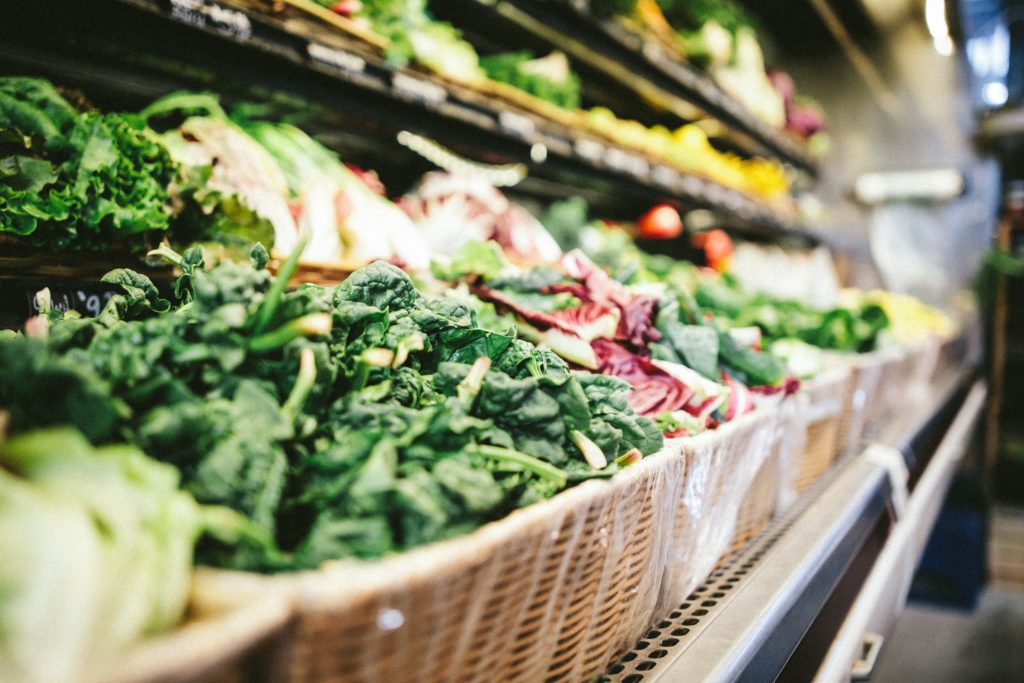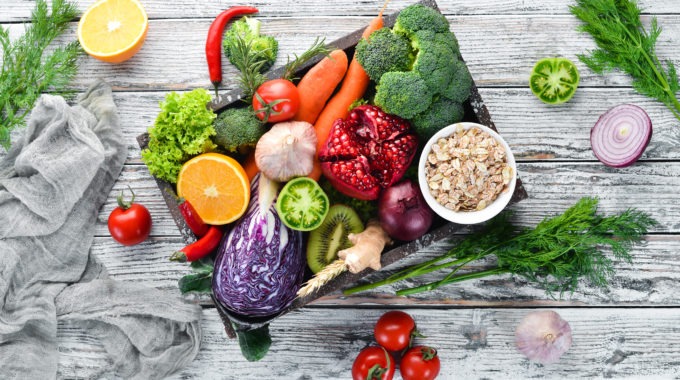Food co-ops: making us healthier together
Diets low in fruit and vegetables can increase the risk of health problems like heart disease and cancer. But only a very small proportion (we’re talking 5 percent) of the Australian population are eating the recommended two serves of fruit and five serves of vegetables every day. Could food co-ops be the answer?
While most of us are lucky enough to have plenty of access to fresh fruit and veg, there are many Australians who find it more difficult to get their hands on fresh produce. Cost and access are two of the most common barriers. This is a particular issue in low-income areas. Here, it’s usually easier (and cheaper) to find fast food than it is to find fresh food. People living in rural and remote communities can also find it difficult to access fruit and veg.
“Many Australians are fortunate to have a reliable, secure food supply,” says Dr Gabrielle O’Kane, CEO of the National Rural Health Alliance. “But this often isn’t the case for people in rural and remote communities. Recent bushfires and COVID have further disrupted supply chains. In rural and remote communities, this has exacerbated food security issues.”
Australians need to be able to access fresh produce at affordable prices. Now, a group of Australian researchers have revealed a potentially effective strategy: food-cooperatives.

What are food co-ops?
Food cooperatives (or food co-ops, as most people call them) are a group of people who’ve decided to get together and form an organisation that buys food. This is usually fresh produce and dry goods. These groups can be community or charity-based groups. They’re usually not-for-profit and allow their members to purchase fresh food in bulk. This results in cheaper and fresher produce directly from farmers or wholesalers.
Researchers from the University of Sydney and Macquarie University studied 15 food co-ops in the Sydney region. They found that the most common purpose among them was to provide cheaper and affordable produce to their members. The problem was, they found that most food co-ops were also located in high-income areas.
Food co-ops in higher income areas also shared other goals. These include promoting sustainable living and avoiding waste and packaging as well as providing a source of organic and pesticide-free or non-genetically modified fruit and vegetables. However, the few co-ops studied that were in low socioeconomic areas were more likely to be focused purely on affordability. Many had been set up through schools or school-based groups.

Promising potential
The researchers then studied members of food co-ops to see whether they had different intakes of fruit and vegetable compared to non-members. They found that members had higher vegetable intakes (approximately half a serve daily). They were also four times more likely to meet the recommendations for fruit and vegetable intake.
These findings suggest that if food co-ops could be implemented on a wider scale, they could hold potential for improving fruit and vegetable intakes on a population-wide level.
“We recommend a targeted approach,” the researchers write. “Establishing co-ops in low socioeconomic areas, where people are also more likely to have lower fruit and vegetable intakes. It was clear from our research that co-ops in areas of disadvantage had a focus on affordability. This is a very important barrier to fruit and vegetable intake.”
To find a food co-op near you, head to Local Harvest. This site is also a great resource for finding community gardens, organic retailers and food box systems.









